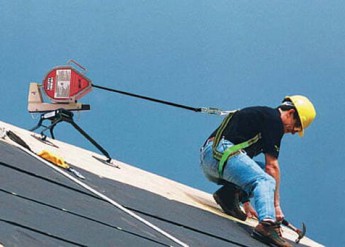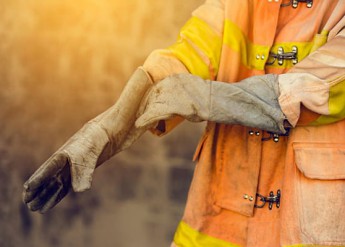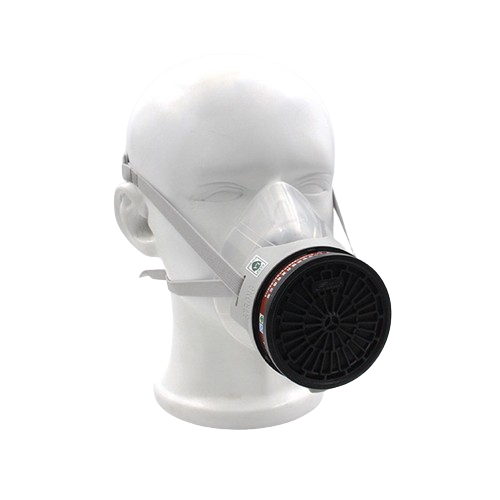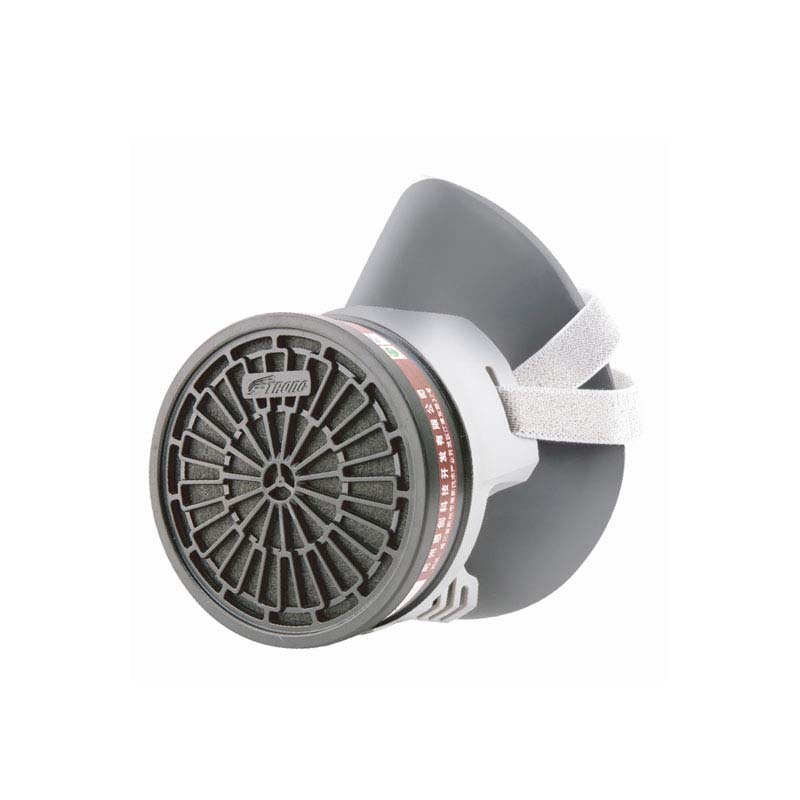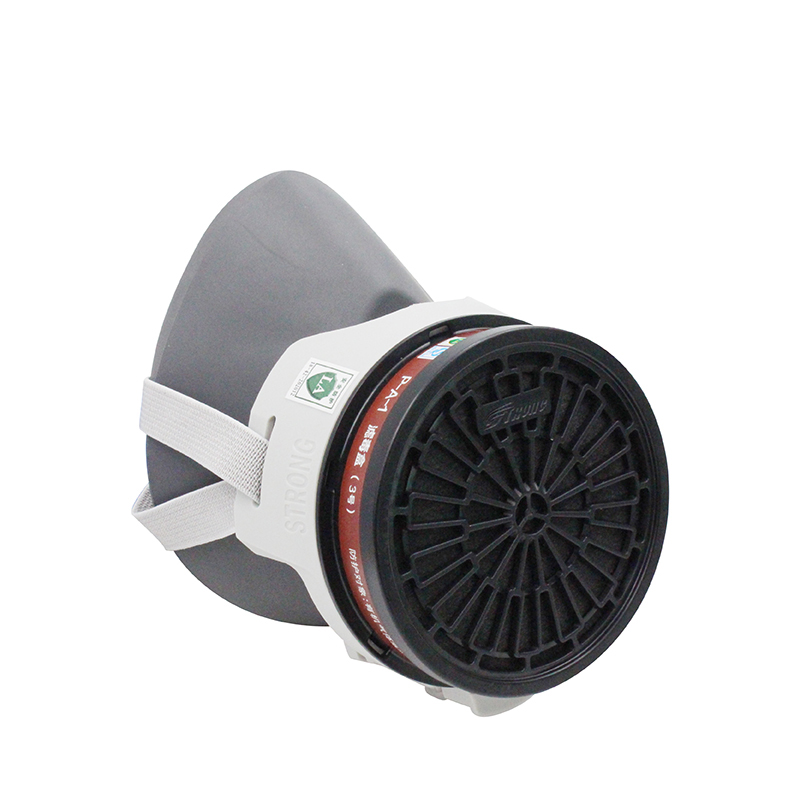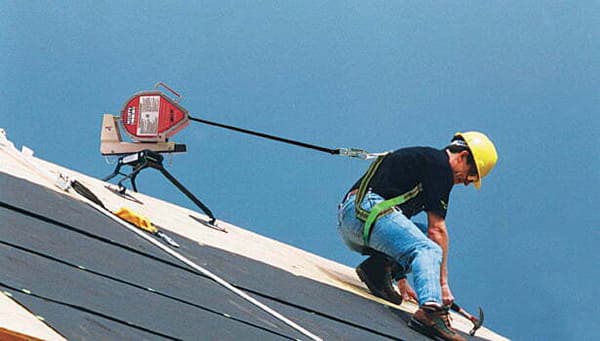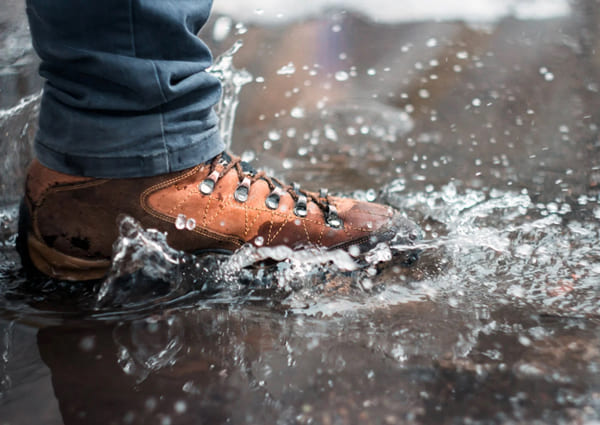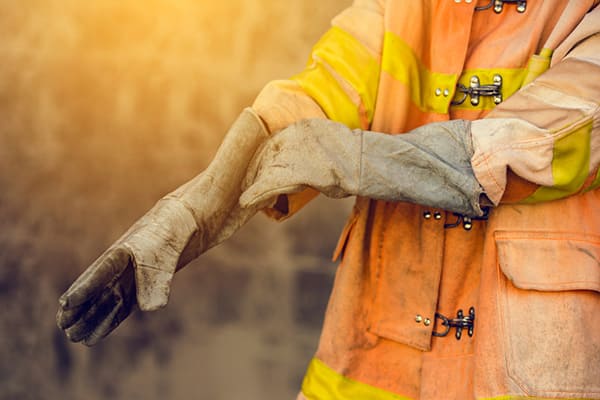Two Types of Life Safety Ropes: Understanding Their Differences
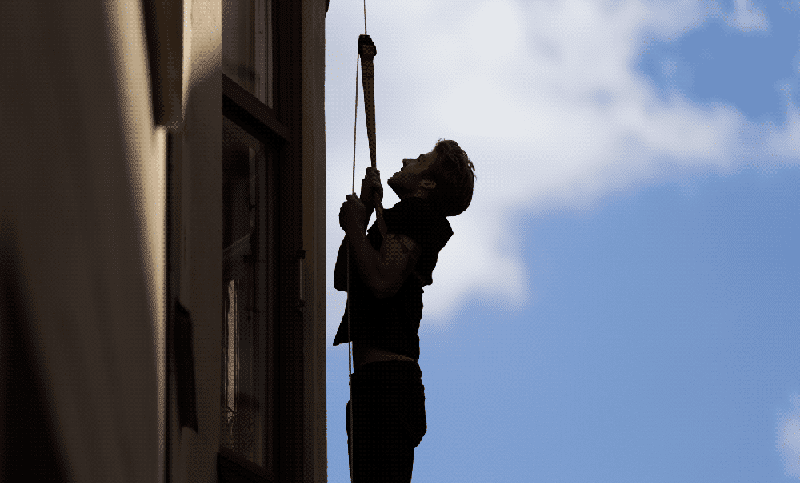
Life safety ropes are an essential component of many rescue operations and emergency services. These ropes are designed to bear weight and provide support during a rescue, ensuring the safety of both rescuers and the individuals they are attempting to save. However, not all life safety ropes are created equal. There are two primary types of life safety ropes, each with its own unique properties and uses.
The first type of life safety rope is dynamic rope. This type of rope is designed to stretch and absorb shock, making it ideal for use in situations where a fall is likely. Dynamic ropes are made of a special type of nylon that is woven to create an elastic property. This elasticity allows the rope to absorb a portion of the force generated during a fall, reducing the risk of injury to the person falling and the rescuer. Dynamic ropes are commonly used in rock climbing, mountaineering, and high-angle rescue situations.
The second type of life safety rope is static rope. Unlike dynamic rope, static rope does not stretch or absorb shock. Instead, it is designed to be extremely strong and resistant to abrasion. Static ropes are typically made of a blend of nylon and polyester, and they are woven in such a way that they are very durable and can withstand heavy loads without breaking. Because of their strength and durability, static ropes are ideal for use in scenarios where the rope will not be subjected to a fall, such as lowering equipment or rescue personnel into a confined space.
It is important to note that while dynamic and static ropes are different, they are often used in conjunction with one another during rescue operations. For example, a dynamic rope may be used to support a rescuer who is rappelling down a cliff face, while a static rope may be used to anchor the rope to a solid surface to ensure the safety of the rescuer and person being rescued. The use of both types of ropes ensures the safety and success of the rescue operation.
In conclusion, life safety ropes are an essential component of many rescue operations and emergency services. The two primary types of life safety ropes, dynamic and static, each have their own unique properties and uses. Understanding the differences between these two types of ropes is crucial to ensuring the safety of both rescuers and those being rescued. By using the appropriate type of rope for each situation, rescue operations can be conducted with the highest level of safety and success.

